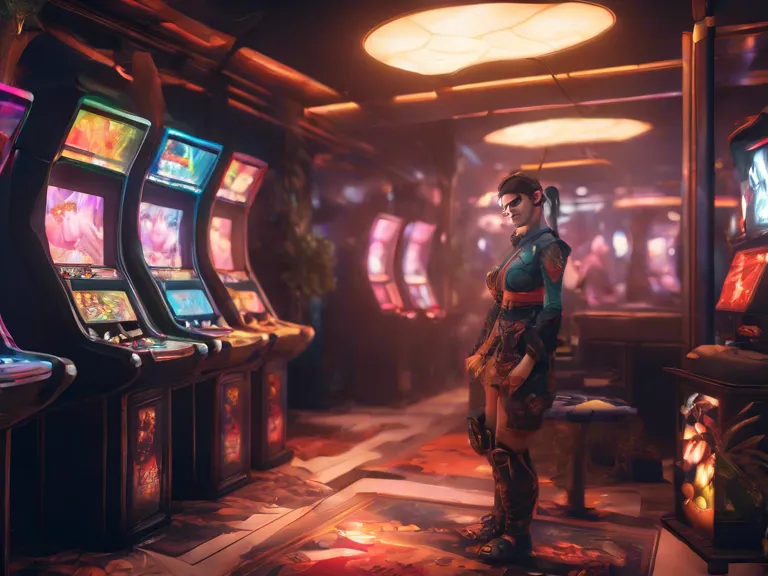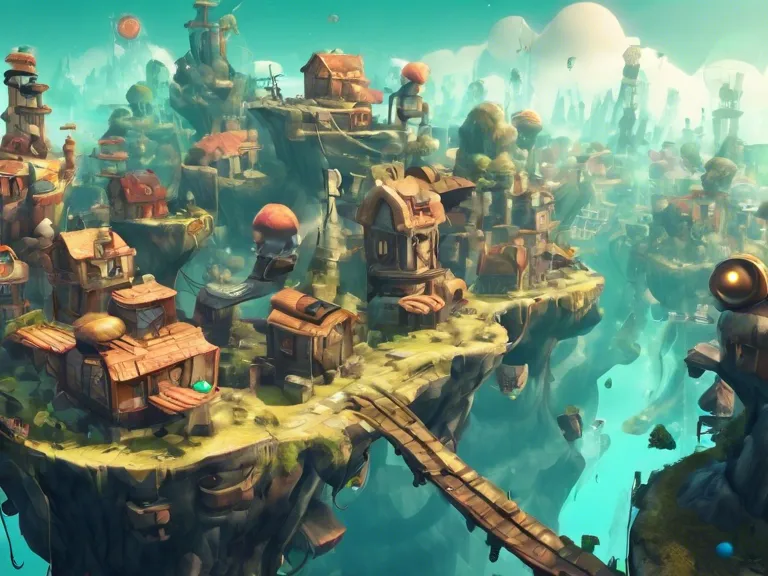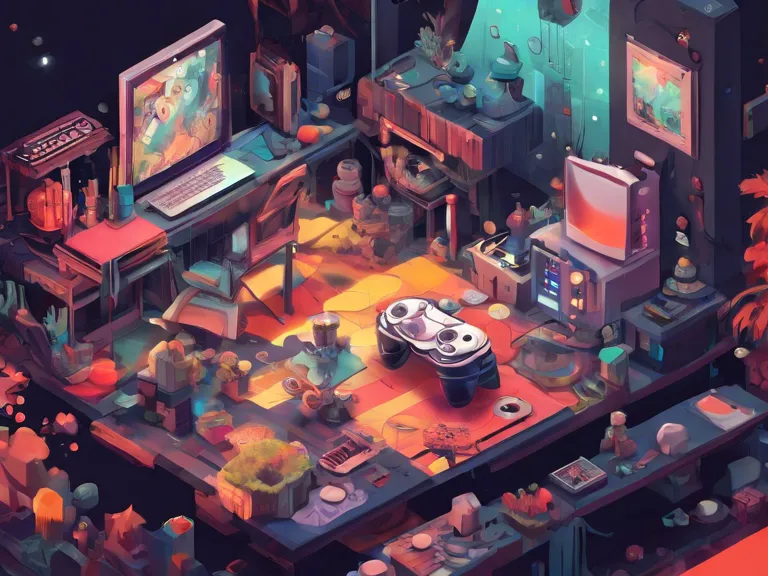
The Aesthetic Evolution of Gaming: How Art Direction Transforms Player Experience
In the ever-evolving world of video games, art direction plays a crucial role in shaping the player's experience. From the pixelated landscapes of early arcade games to the hyper-realistic environments found in today's AAA titles, the aesthetic evolution of gaming has been nothing short of remarkable. This article explores how art direction has transformed over the years and its impact on the overall player experience.
Art direction in gaming encompasses a wide range of elements, including character design, environmental aesthetics, color palettes, and visual effects. Each of these components contributes to creating a cohesive and immersive world for players to explore. The evolution of art direction in gaming can be traced back to the early days of 8-bit graphics, where limitations in technology forced developers to rely on simple shapes and colors to convey a sense of depth and atmosphere.
As technology advanced, so too did the capabilities of art direction in games. With the introduction of 3D graphics and more powerful hardware, developers were able to create increasingly detailed and realistic worlds for players to inhabit. Games like "The Legend of Zelda: Ocarina of Time" and "Final Fantasy VII" pushed the boundaries of what was possible in terms of visual storytelling, setting a new standard for art direction in gaming.
In recent years, art direction has become a defining feature of many critically acclaimed games. Titles like "Journey," "Cuphead," and "Okami" are celebrated for their unique art styles and striking visuals. These games demonstrate how art direction can elevate the player experience, evoking emotions and immersing players in richly imagined worlds.
The future of art direction in gaming looks promising, with advancements in technology allowing for even more ambitious and creative designs. As virtual reality and augmented reality continue to gain traction, the possibilities for immersive and visually stunning gaming experiences are endless. Whether it's exploring a post-apocalyptic wasteland or embarking on a whimsical adventure, art direction will continue to play a vital role in shaping the worlds that gamers love to inhabit.


